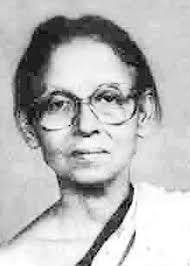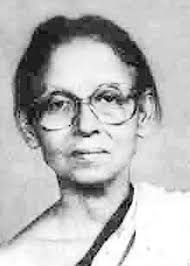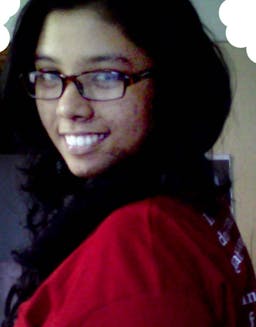Ila Mitra : The light of inspiration
Jan 21, 2015
First story


While I was walking in a rally with more than hundred of girls in a tiny city of Bangladesh and shouting “Women United, Never Divided”, I was not only respecting myself but also to feel the women’s power. Not because I am a woman but as a human being I want justice in support of women and due to that I joined the International Women day’s rally held in our university. In the childhood, as a woman in a patriarchic society I was shy to go out and it seemed shame for me to be in a rally and shout. I got the strength to feel the power from another woman. There are lots of women in the world who were and are working for a better world like Mother Teresa, Princess Diana, Toslima Nasrin. They always do inspire me but for now I would like to introduce Ila Mitra (1925-2002).
Ila was born in Calcutta and studied in Calcutta University. She was a well-known athlete, basket-ball player thus selected as a representative of India in Olympic in 1940. She participated in political activities as a member of all India communist party in her student life. After her marriage she came to Bangladesh to live with her husband who was a son of the Zemindar family and district president of Peasant Association in Maldha district of British Bangla. The place she was living was a rural area so; she opened a girl’s school with the help of her husband and friends and voluntarily taught the women to remove illiteracy as a movement of “Education for all”. Soon she started to make awareness about political and human rights among men and specially women in the village. In that village one of the ethnic groups in Bangladesh called “Santal” was the majority of the local people to whom Ila became “Rani mata,” their queen. During 1946 to 1950 in the “Santal Revolution” and “Nachol Uprising” Ila played the main role to organize all the local people. This movement known as Tebagha movement which was to distribute two-third share of the cultivated crop among the peasant class and rest would be the owners. Ila also assisted in many other political and social organizations but she is mostly known for the this particular movement. During a clash between local people and police Ila was arrested and inhumanly tortured. When her condition got extremely serious the government sent her to Kolkata in 1954. However, she did not stop her activities; she again joined in politics. For four times she was elected for provincial assembly in India which prove her dedication to her work. Though she did not come to Bangladesh not to be arrested, throughout her political life, she was arrested for several times. Bangladesh will never forget her contribution in 1971 during its liberation war when she collected supports for Bangladesh form the public of India. She was awarded not only for sports, political activities but also for literature. This legend leaves her last breath on 13th October, 2002 .
I wonder in the situation of her time and where did she find the strength to threaten the social norm and stereotype. Even now women are neglected and do not have much independence when the prime minister is a woman. In Contrast, at her time she organized Women Self- defends association when rules were far more restricted. what was her motto for life. Ila changed pleasant people’s life whereas, our women are struggling with their own life. She is an inspiration for me to raise my voice against discrimination.




